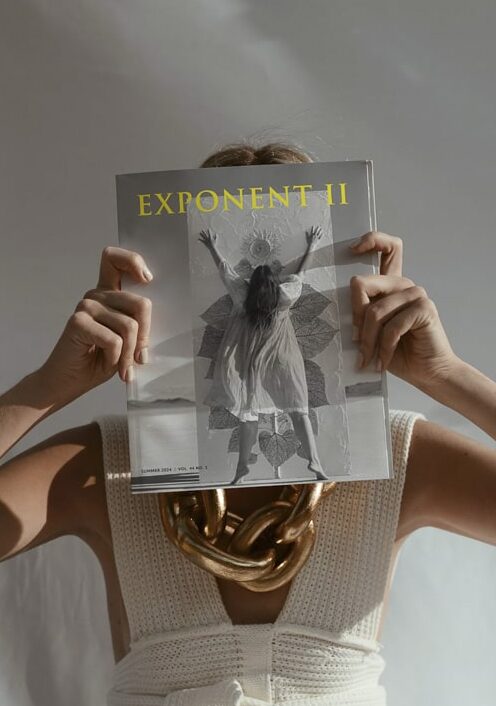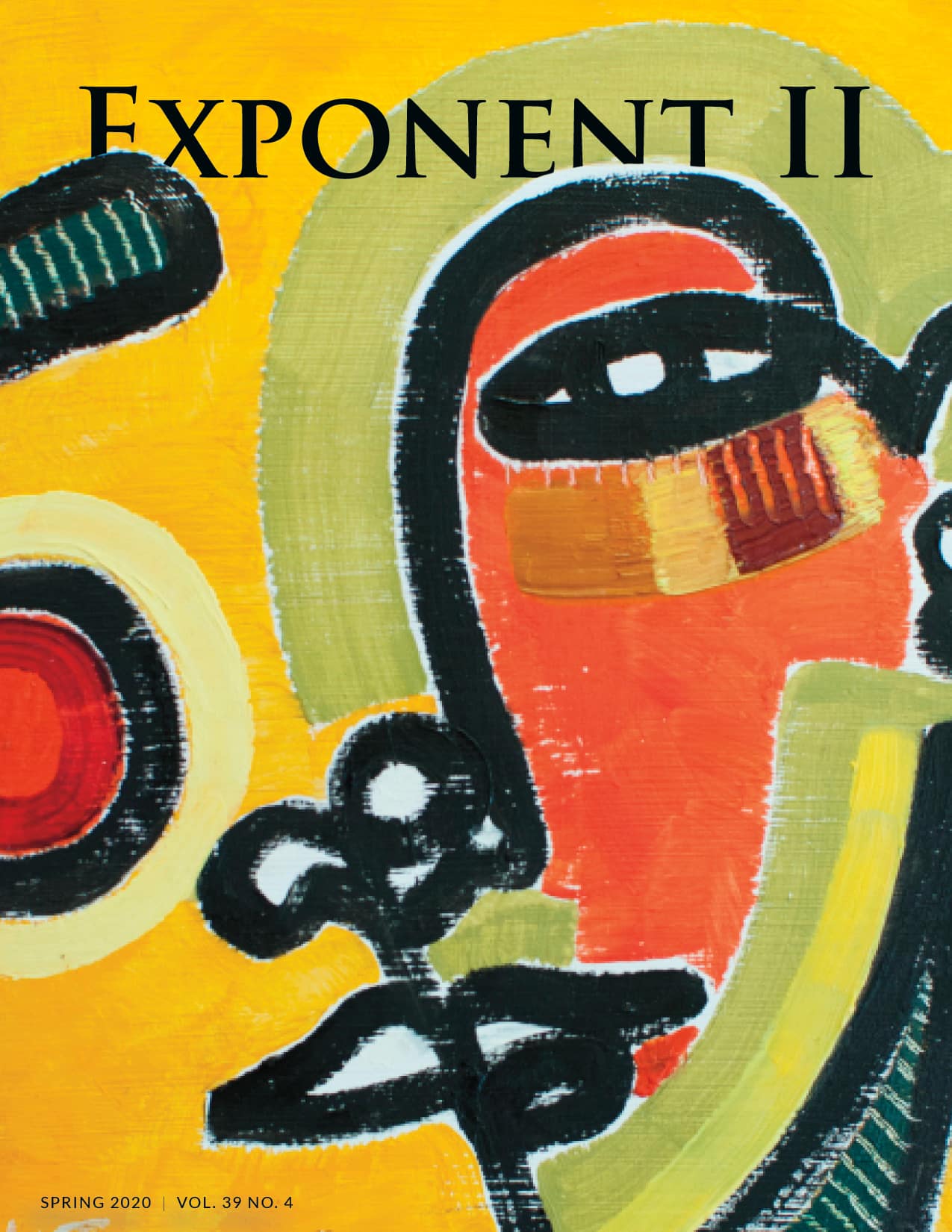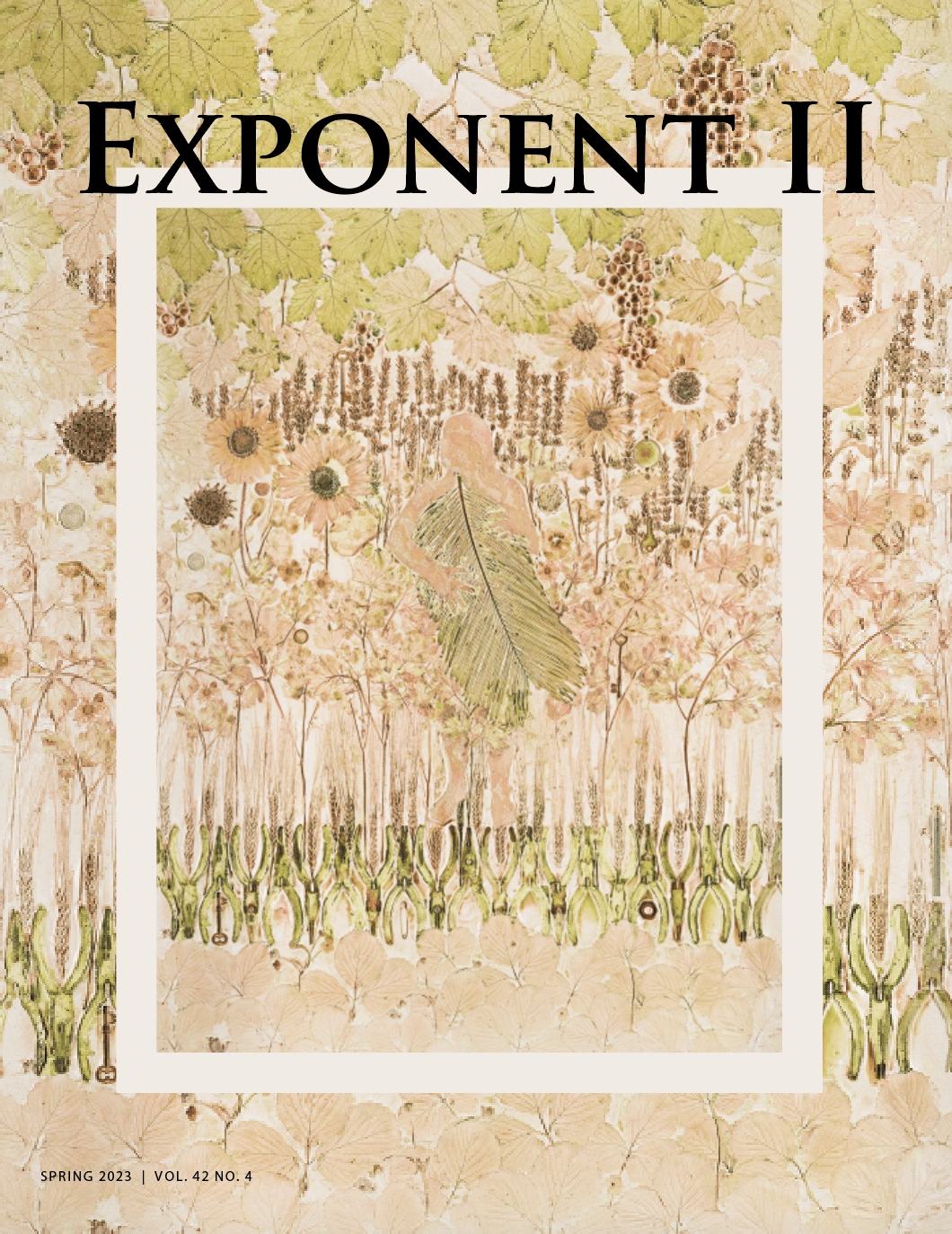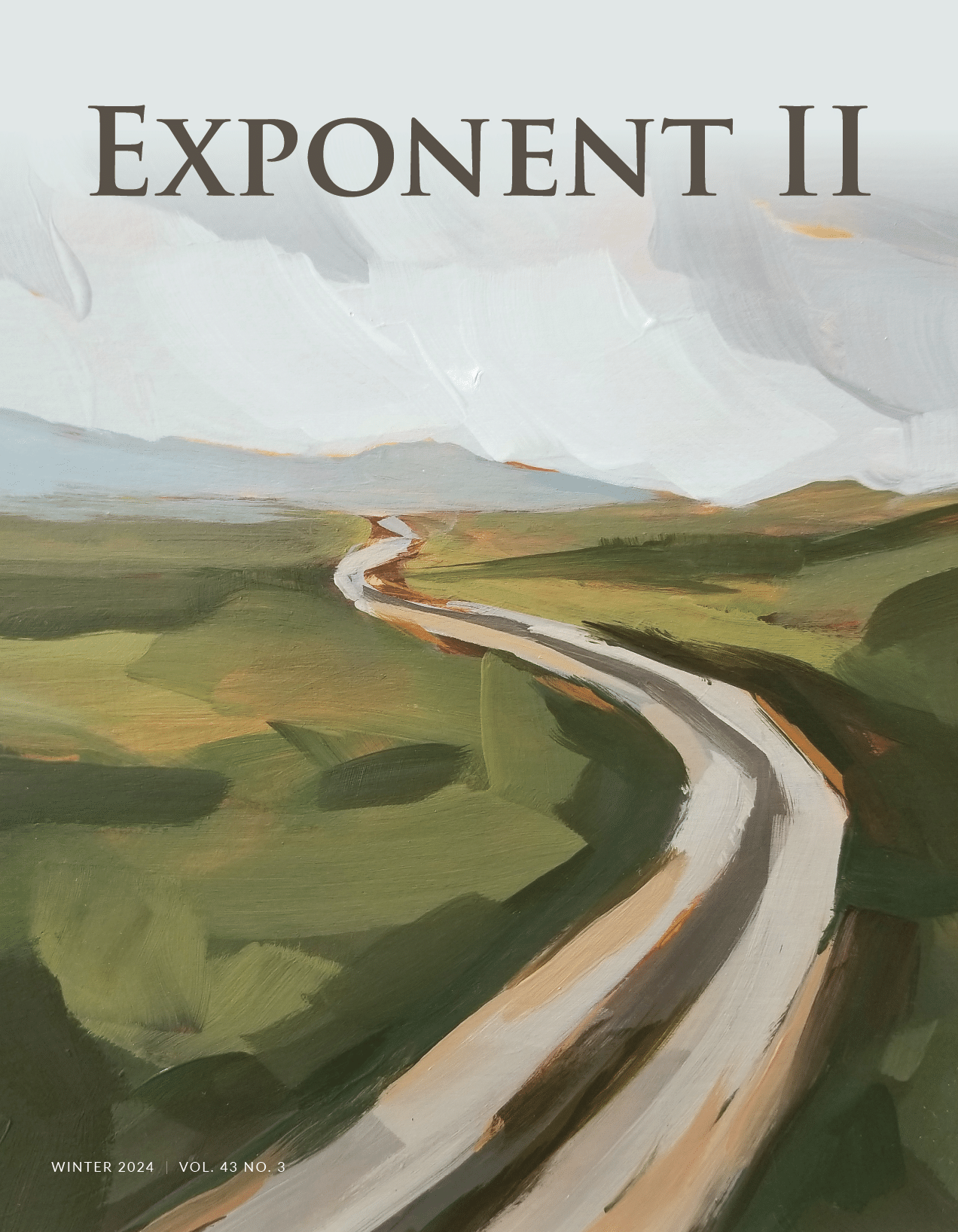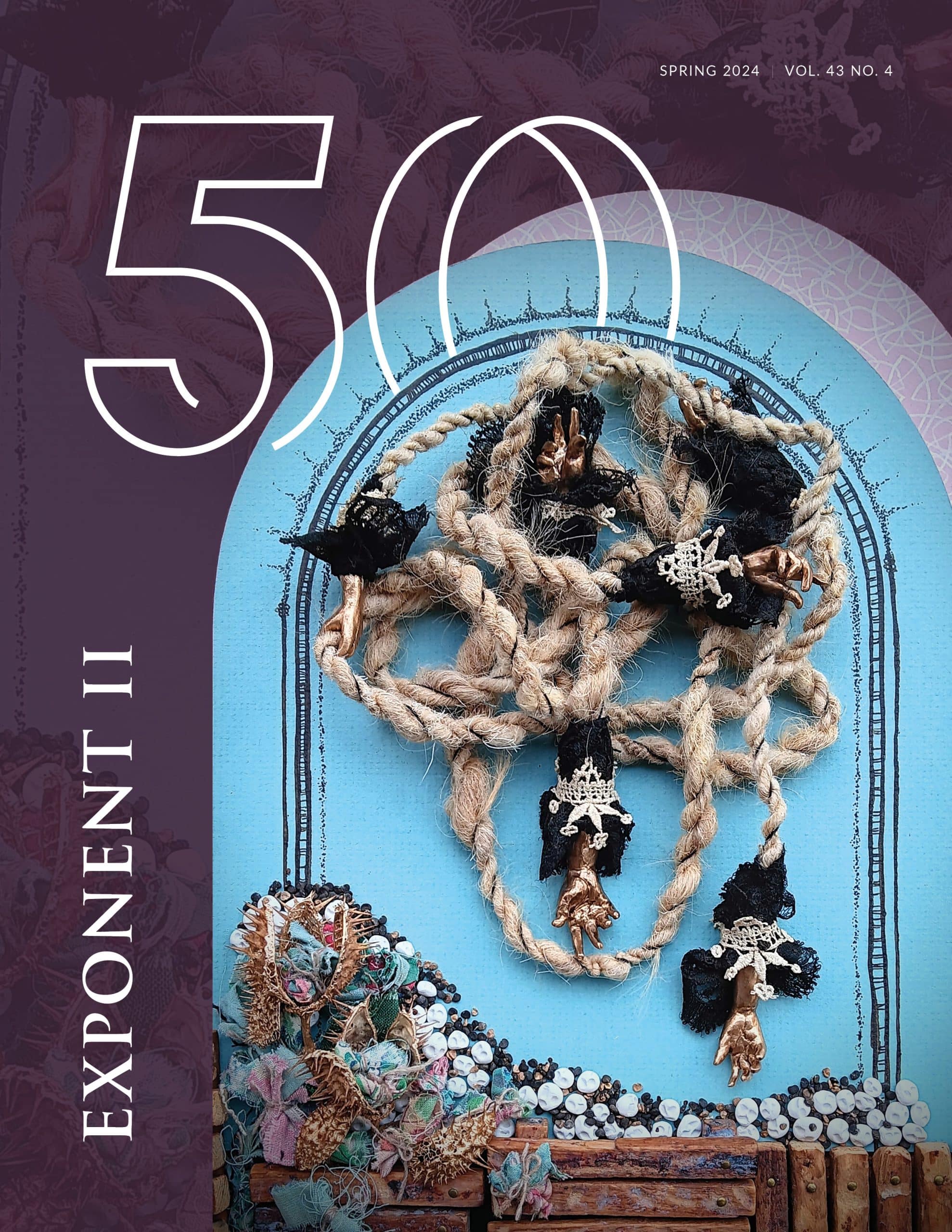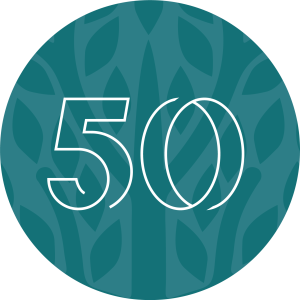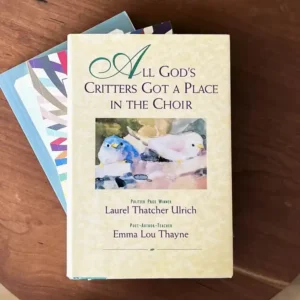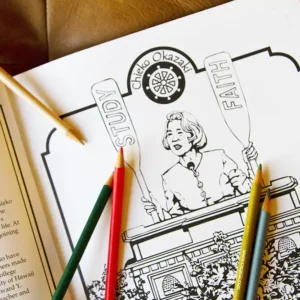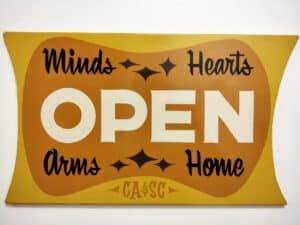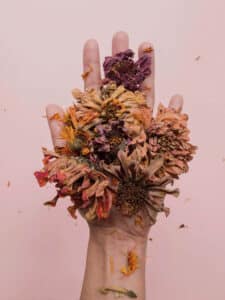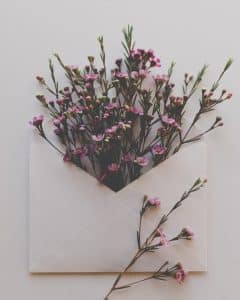A few years ago, I found myself driving alone toward the desert for a solo camping trip outside of Zion National Park. Who was that self, without a plan or a travel companion, and what was she up to? I don’t know that I can answer any better now than I could at that moment. With both hands on the hot steering wheel, watching the white lines of the unbending road whoosh under the tires, I kept thinking of the word “annihilated.” I felt as though my whole comforting sense of self — my routines, my identities, my notions of safety, my beliefs and stories, my coping mechanisms, my career, my ego, and more — were tearing away as fast as those lines flying under the car. Fear nipped at my heels, while figurative and very real death had chased me here.
“Who am I?” I kept asking myself and the red-rock cliffs. “What is left? What is real?”
“I am a person. Driving a car.” That felt as far as I could go, as honest as I could answer.
One of my favorite poets, Elizabeth Bishop, wrote that “The art of losing isn’t hard to master.” Her work, grappling with grief, inspired the theme for this issue. Our human experience is punctuated (and sometimes overwhelmed) by loss: everything from baby teeth to childhood homes, from sentimental objects to long-held plans, from versions of ourselves to — ultimately — some of our dearest loved ones. What do we learn when we examine the shards of our griefs, small and large? What losses have become surprising blessings? What dreams or narratives get reimagined or discarded in pursuit of something realer and new? What do these legacies imprint on us, and who are we when we emerge?
This issue offers a mosaic of truth as the writers and artists wrestle with the “art of losing.”
This issue offers a mosaic of truth as the writers and artists wrestle with the “art of losing.” The evocative cover by Hayley Labrum Morrison creates space to reflect on Lot’s Wife, her namelessness and her valid experiences. The use of salt in the piece itself, as Great Salt Lake disappears day by day, speaks to environmental loss and climate crisis. Our written features include a spectrum of wonderful poetry, a Flannel Board by Allison Pingree analyzing ambiguous loss, and an interview about grief with international author Melissa Dalton-Bradford. Several of our essays confront the death of loved ones — family members for Anne Pimentel, Lisa Turley Smith, Cherie Taylor Pedersen, Fiona Phillips, and Louise Hammel, and also animals in the case of Eunice Yi McMurray and JosieAnna Peterson. Lisa Van Orman Hadley gives a poignant tour through losses, big and small. We also have essays that explore both sides of child protection organizations, with a moving piece by Natasha Rogers on being a foster mother and another by Sarah Perkins, who documents her horrific experience of having her children wrongfully taken away.
Many of our pieces also celebrate the beauty found alongside losing. In our Artist Feature, Tori Christensen describes her textile work and the joys that have come by making her art accessible to the visually impaired community. Elise Wehle, through a stunning papercut, pays homage to the art form she loves that she must leave behind for her health. In other essays, Amy Jurgensen observes her daughter’s wise reactions to losing board games, Emily Sorensen reframes divorce narratives while honoring her faith and sexual identity, and Mer Monson’s Sabbath Pastoral reflects on letting go of fear narratives about the world. Melissa Malcolm King lyrically describes freedom found through loss in her aptly named essay, “Triumph.”
I still think about that memorable trip I took to the heart of the desert. At the height of so much suffering and annihilation, the desert offered me space — the space to mourn, the space to witness, to space to lean in instead of away from the loss. At night, coyotes cried, as if mourning with me. But maybe they were keeping vigil to a sacred experience. There is no escape from heartbreak; welcome to mortality. But we do have the choice to observe loss head-on without looking the other way or imagining ourselves immune. The brave contributors of this issue model how to sit with this universal truth. In sharing their experiences, they invite us to witness our own with a little more courage, compassion, and reverence.
(Photo by Simon Berger on Unsplash)




